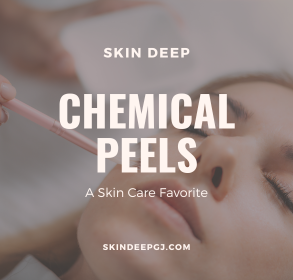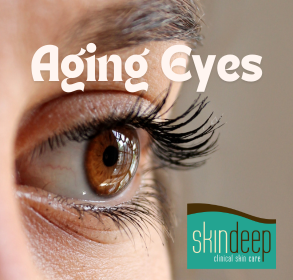Hyperpigmentation
Welcome to the Skin Deep blog! I am Jo Ann Seele, the owner of Skin Deep. I’ve been a licensed Esthetician for over 33 years and in the beauty industry for 38 years. I am licensed and certified to work with plastic surgeons and dermatologists and have advanced certifications in microneedling, microdermabrasion, chemical peels, acne, and pro aging treatments.
Today we are exploring – Hyperpigmentation
This is a common skin condition characterized by the darkening of certain areas of the skin. It occurs when an excess of melanin, the pigment that gives skin its color, forms deposits in the skin. There are several causes of hyperpigmentation, including sun exposure, hormonal changes, skin injuries, inflammation, and certain medications.
Common types of hyperpigmentation include:
1. Sun-induced hyperpigmentation: Prolonged exposure to the sun can lead to an increase in melanin production, resulting in the development of dark spots or patches on the skin, commonly known as sunspots or age spots. Your genetics will play a large role in how this process escalates.
2. Post-inflammatory hyperpigmentation: Commonly known as PIH. This type of hyperpigmentation can occur after skin inflammation or injury, such as acne, burns, or cuts. The affected area becomes darker than the surrounding skin as it heals. This can happen more easily when resurfacing procedures are performed without first preparing the skin with retinol and or skin lighteners.
3. Melasma: Melasma is a condition characterized by brown or gray-brown patches, usually on the face, that are often associated with hormonal changes, such as pregnancy or the use of oral contraceptives. Commonly known as pregnancy mask.
4. Genetic factors: Some individuals may be more prone to developing hyperpigmentation due to their genetic makeup.
5. Certain medications: Certain medications, like some antibiotics, anti-seizure drugs, or chemotherapy drugs, can cause hyperpigmentation as a side effect.
Treatment options for hyperpigmentation may include:
1. Topical treatments: Over the counter or prescription creams containing ingredients like hydroquinone, retinoids, kojic acid, or azelaic acid can help lighten dark spots. Try our Brighten-Plus Serum, C4 Retinol Serum & Rare Retinol Serum .
2. Chemical peels: This procedure involves applying a chemical solution to the skin to exfoliate the top layers and promote new skin growth, which can help reduce hyperpigmentation. Our resurfacing treatments are designed to address this issue.
3. Laser therapy: Certain types of lasers can target and break down excess melanin in the skin, helping to lighten dark spots.
4. Hydro-Rejuvenation: This procedure involves gently exfoliating the skin to remove the outer layer and encourage new skin growth with enhanced skin lightening and growth factors. Learn more about our hydro-rejuvenation treatment.
It’s important to schedule a consultation to determine the underlying cause of your hyperpigmentation and to develop a personalized treatment plan that suits your skin type and condition. Additionally, using sunscreen daily and avoiding excessive sun exposure can help prevent further darkening of the skin. We have reef-safe sunscreen available on our store.


